Geographic Data Science - Lecture II
Modern Computational Environments
Dani Arribas-Bel
How does Science “get done”?
- Reproducibility in Science
- Modern scientific tools
- JupyterLab demo
Reproducibility in Science
In the old days…

|

|
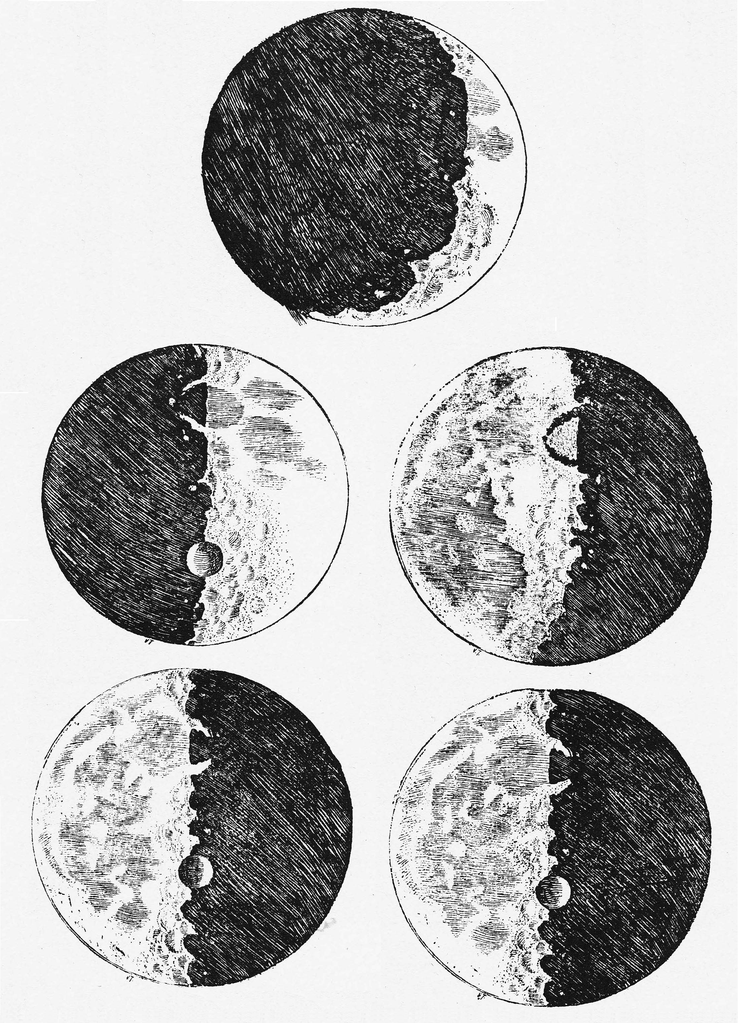
|
Reproducibility
- Ability to reproduce scientific procedures (e.g. experiments, results)
- Key to the scientific endeavour
- Embedded in early work
But…
Modern Scientific Tools
Reproducible Science
- Transparent (computational) processes
- Enough detail to reproduce the entire analysis
- Efficient model of reusability (D.R.Y.)
Building Blocks
- Computational Notebooks
- Open-Source Packages
- Open Platforms
Computational Notebooks
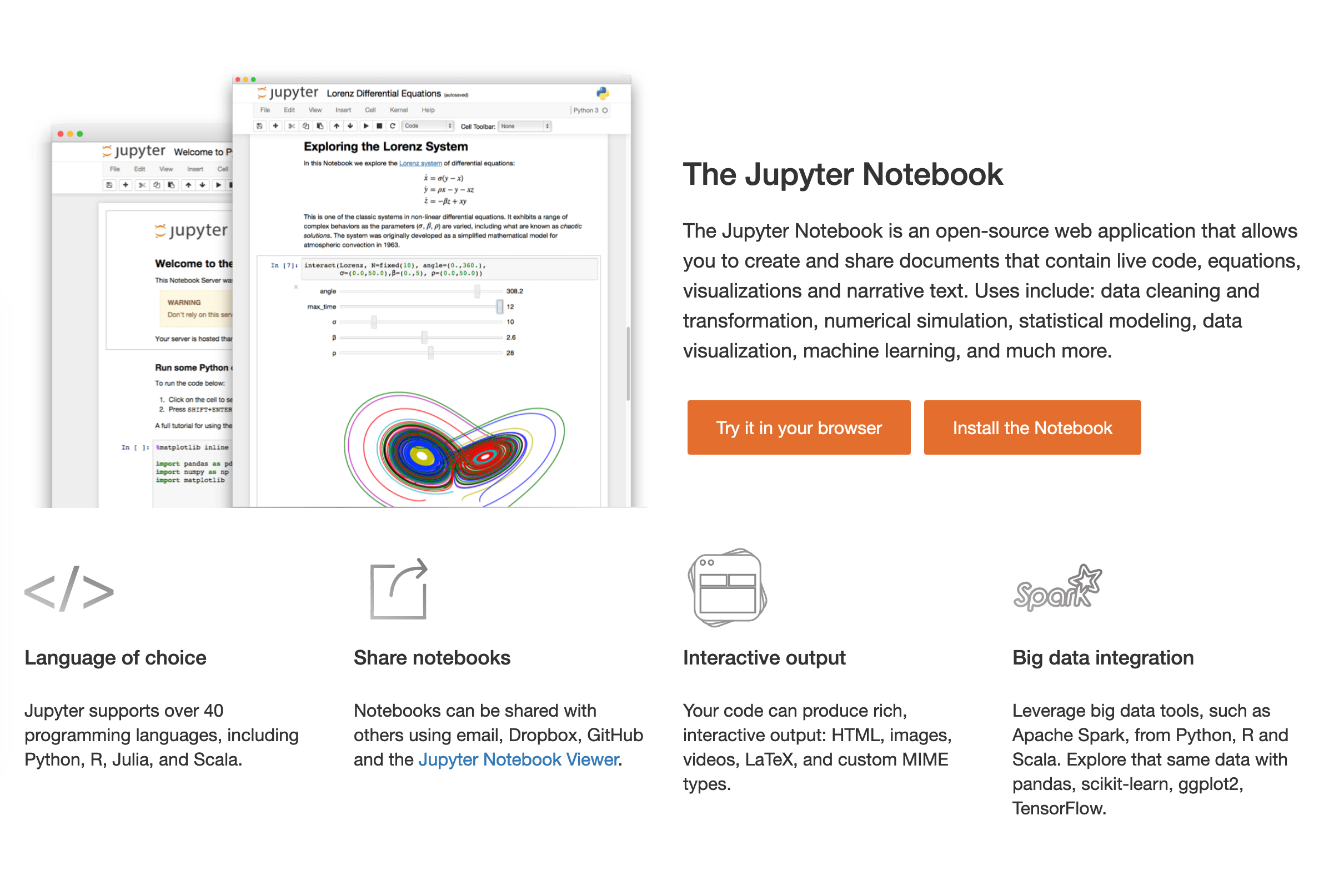
|
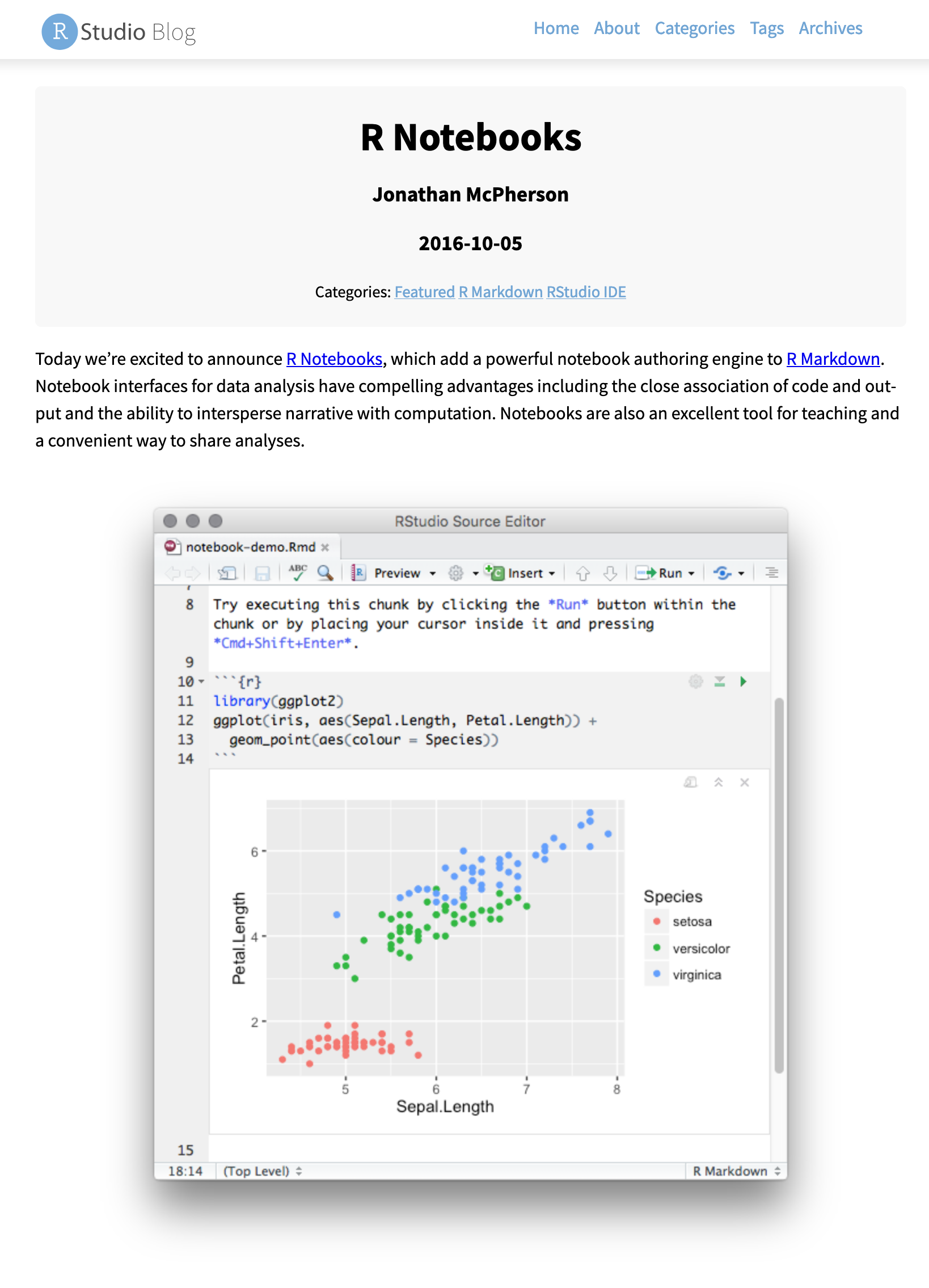
|
Computational Notebooks
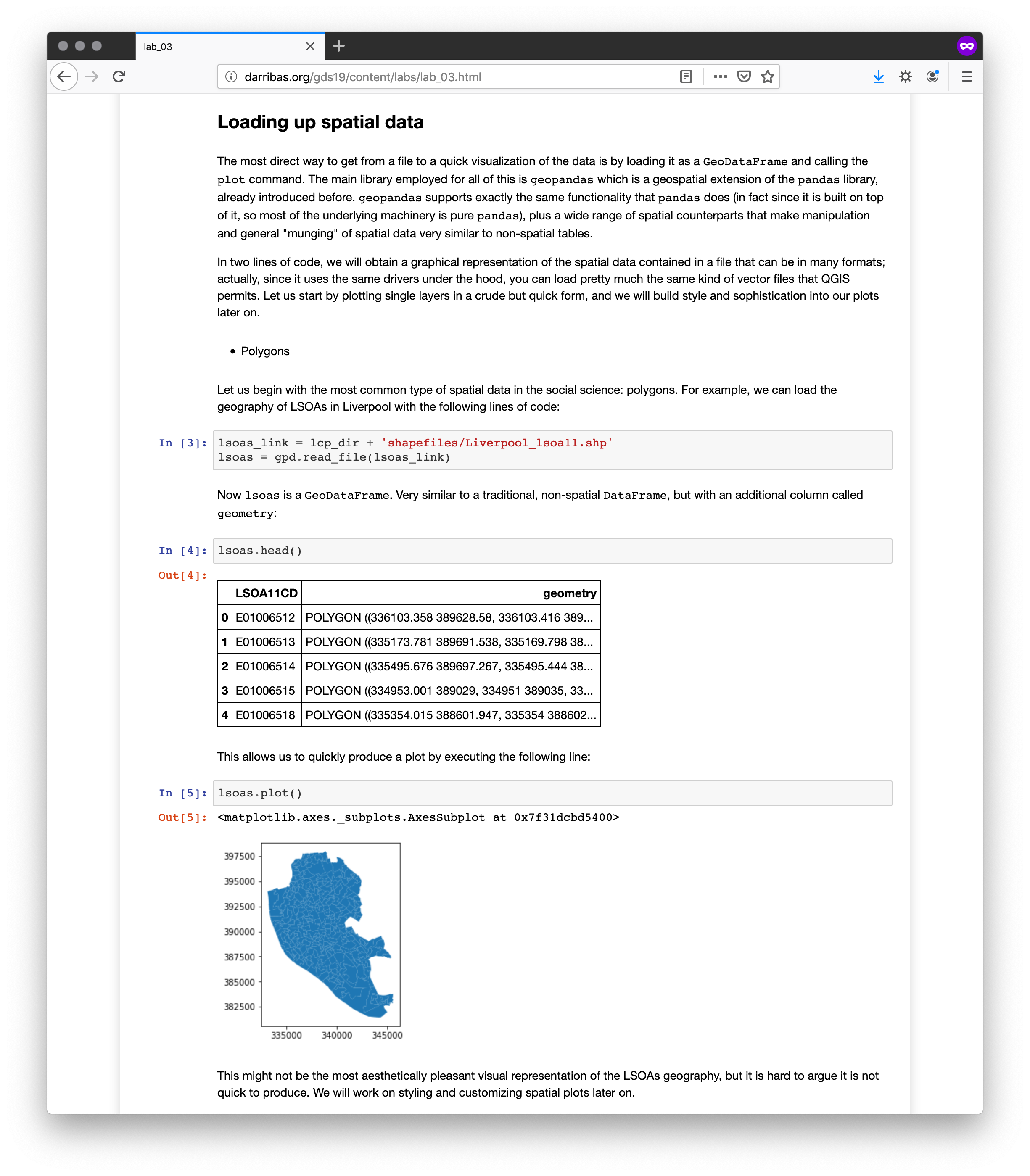
|
One-file documents:
|
Open-Source Packages
D.R.Y. (Don’t Repeat Yourself)
|
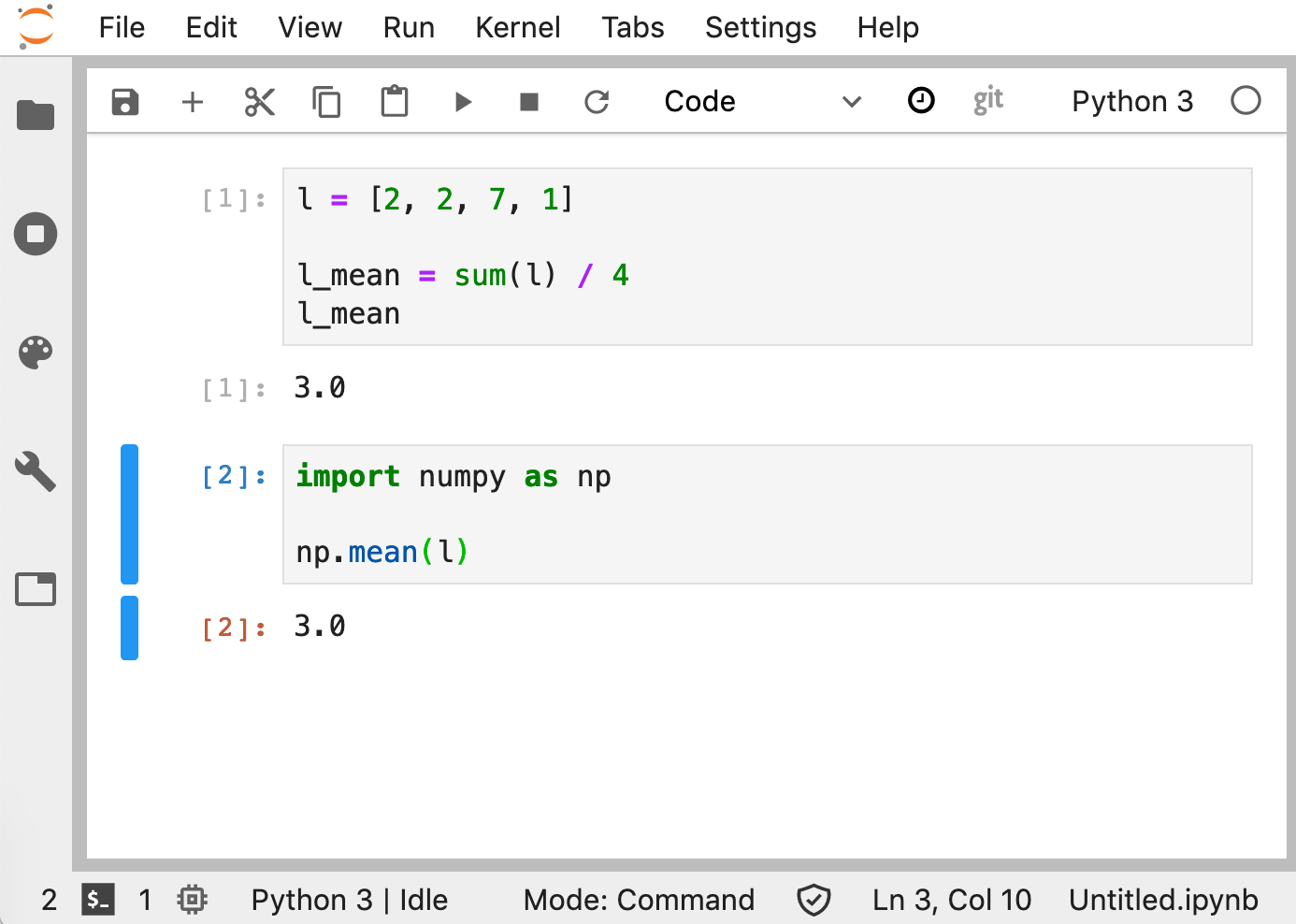
|
Platforms
Hardware and low-level software (OS) that supports computations
Change of models:
- Desktop Vs cloud
- Integrated Vs distributed
- Native installation Vs virtualisation/containerisation
Examples
Ligo gravitational waves

|

|
2019

|
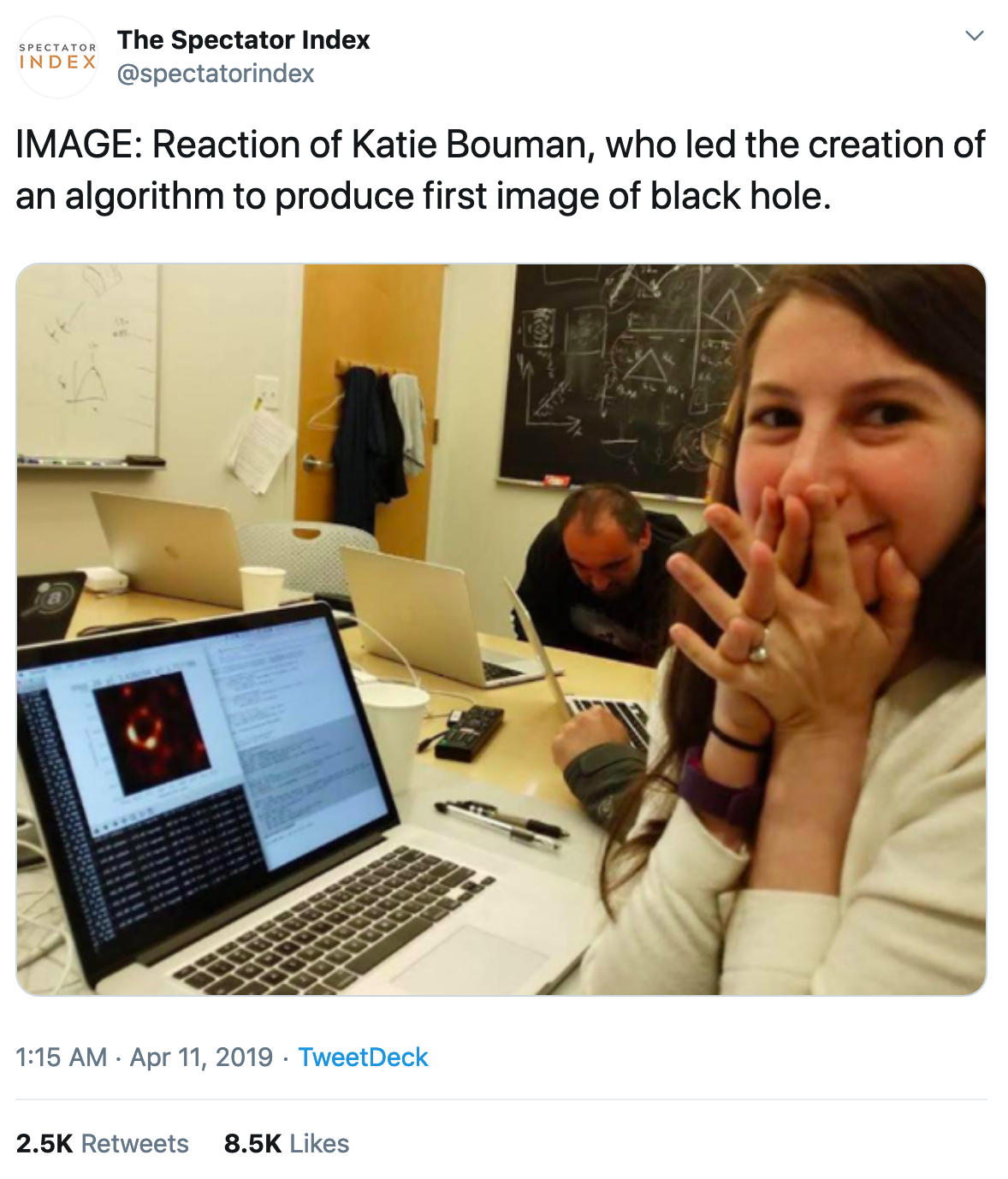
|
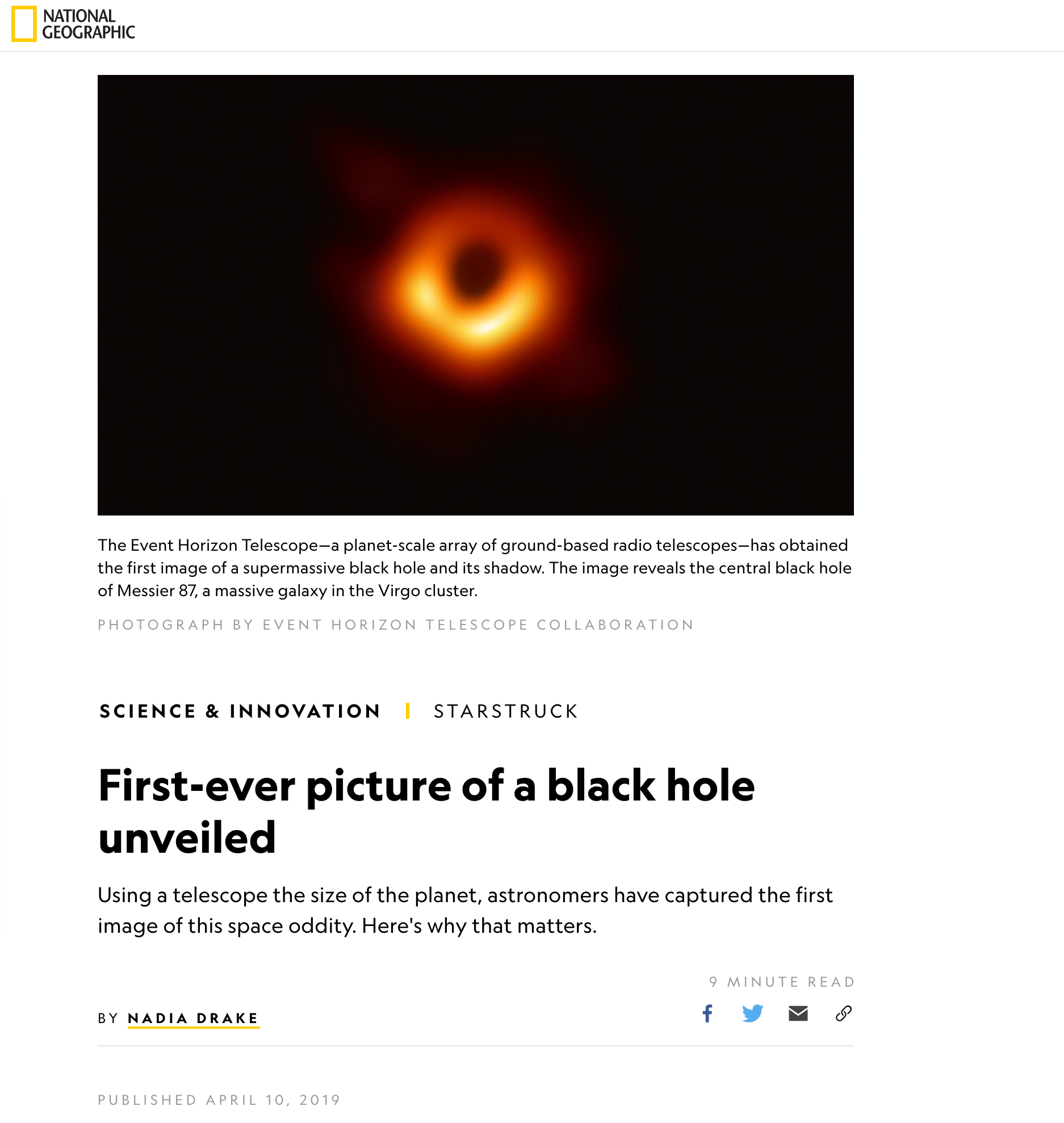
|
JupyterLab (live) demo

Geographic Data Science’19 by Dani Arribas-Bel is licensed under a Creative Commons Attribution-ShareAlike 4.0 International License.